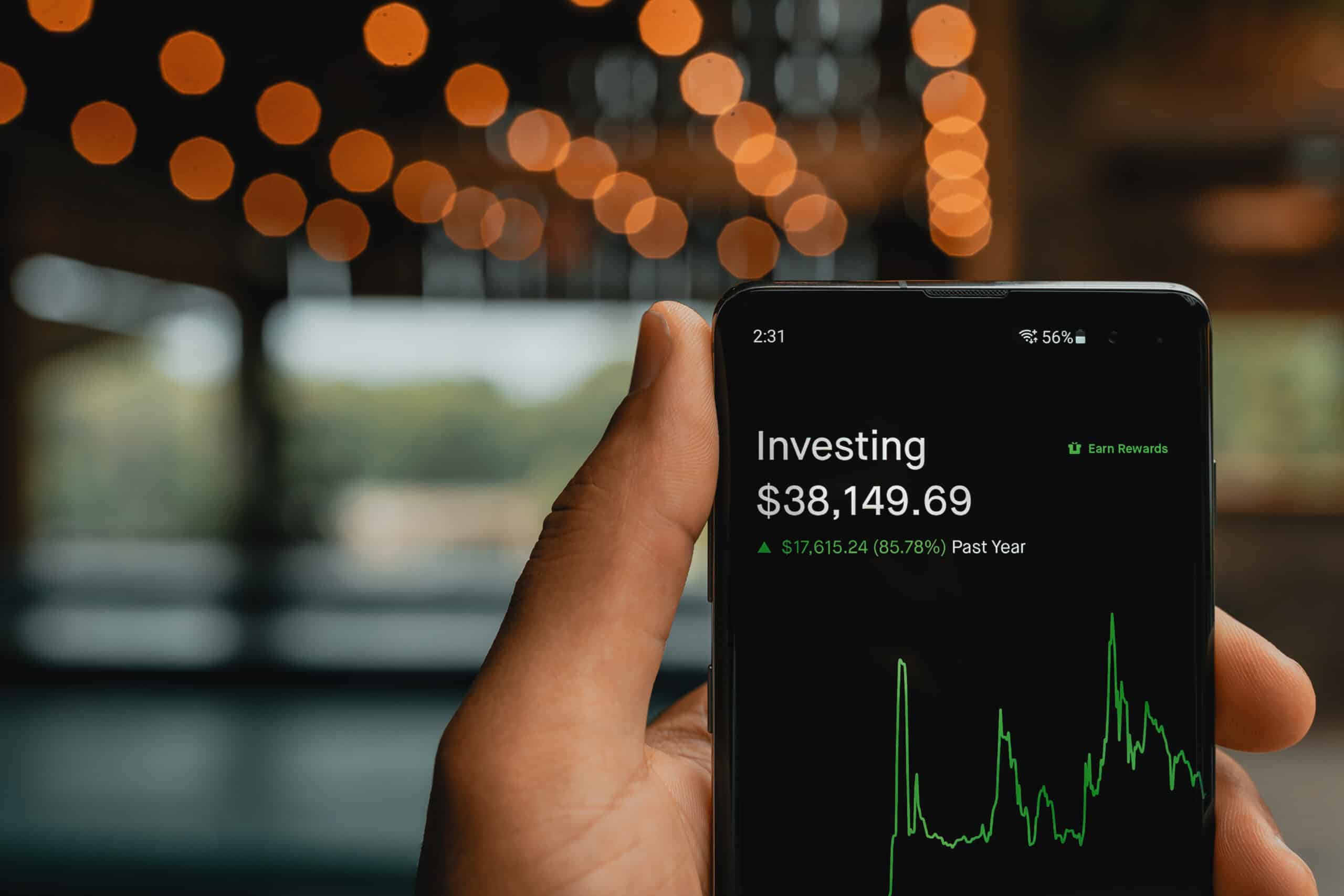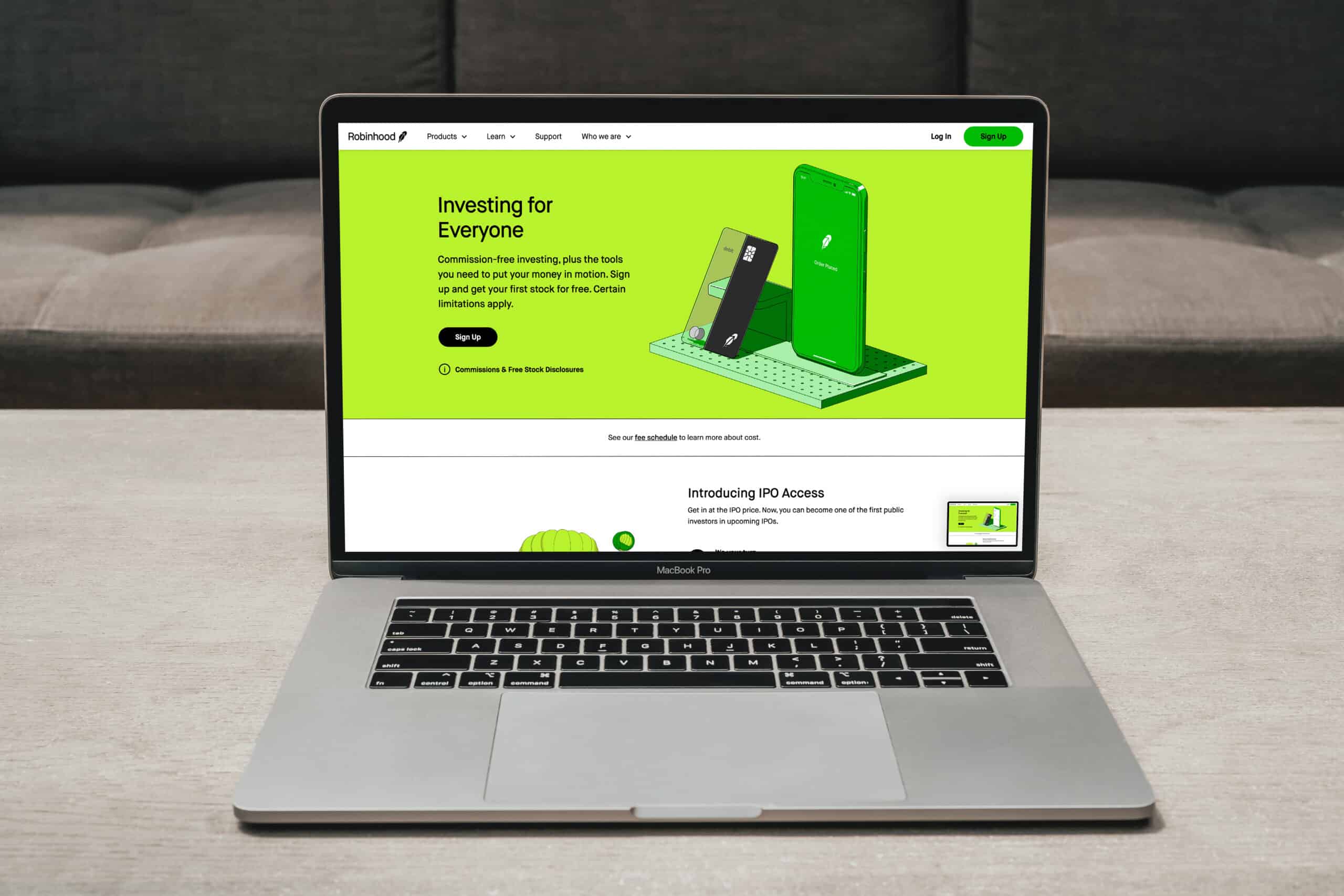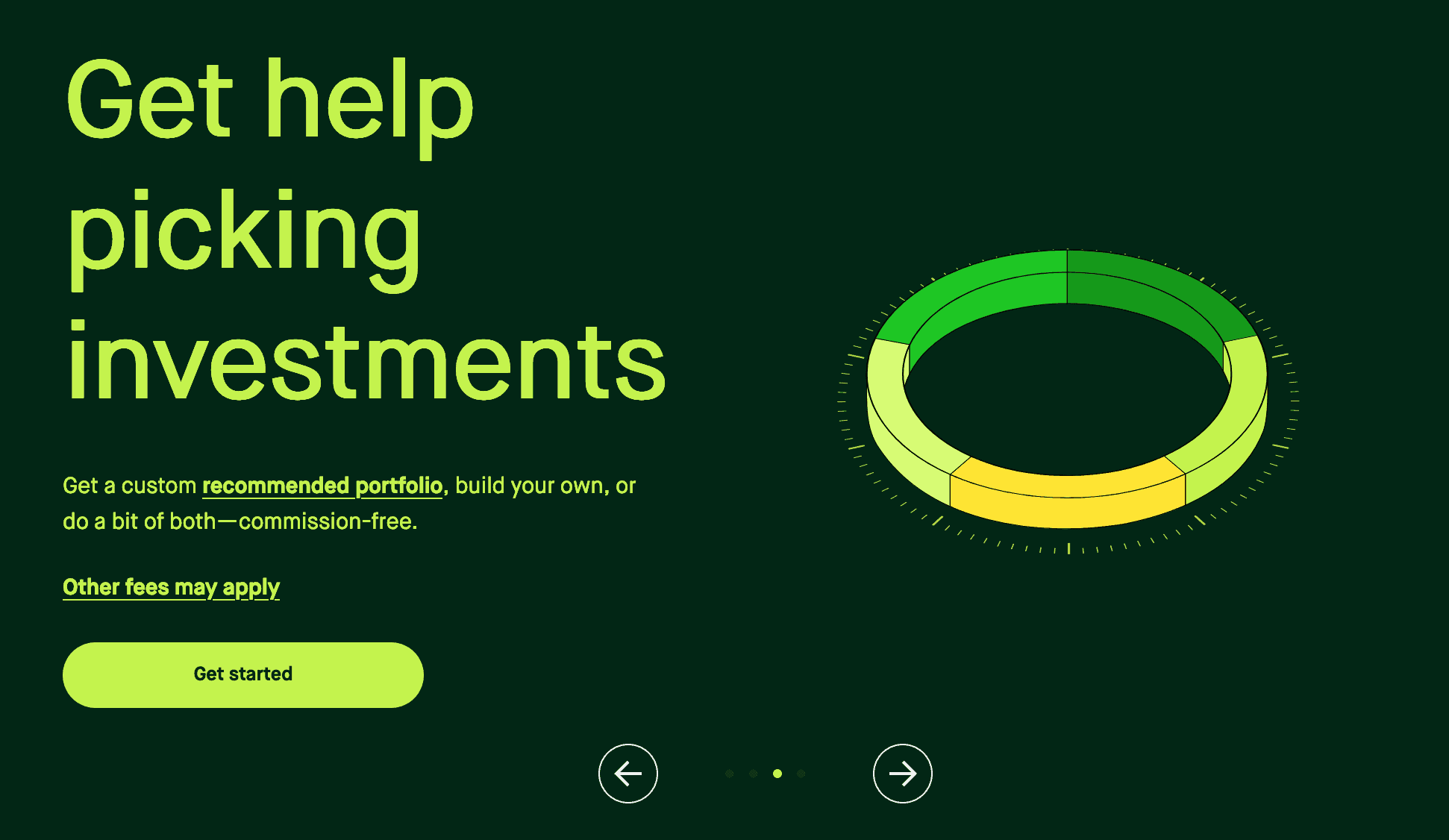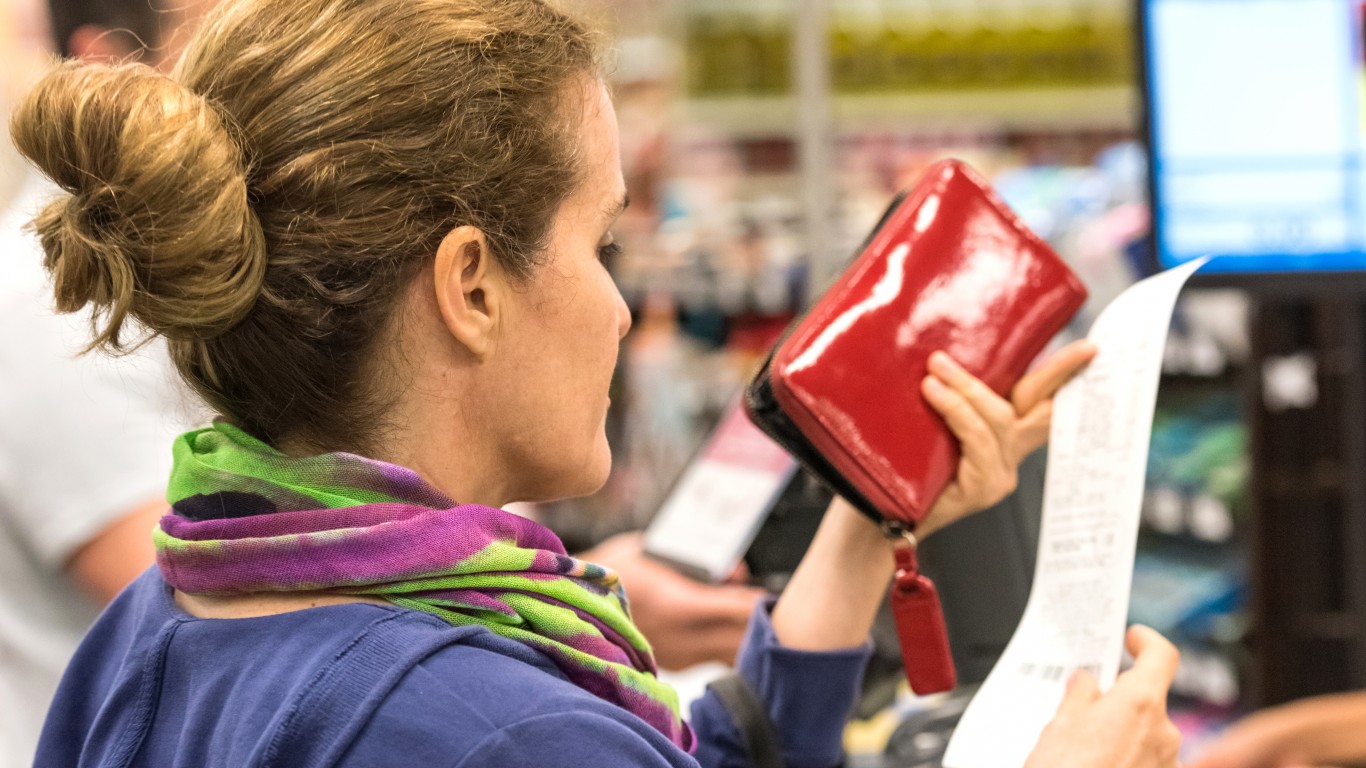
Whether you’ve been a Robinhood user for a while or just learning about the trading app, you might have heard of Robinhood’s Cash Sweep program along with some impressive numbers that have piqued your interest. But what exactly is the Cash Sweep program, is it worth it, and how can you take advantage of it? Lucky for you, we did all the legwork and answered all your questions. Here is everything you need to know about Robinhood Cash Sweep.
What is the Cash Sweep Program?

Normally, brokerage companies do not pay interest on any uninvested cash in your account. This includes Robinhood. So, then, how are they able to pay 1.5% Annual Percentage Yield (APY) on your uninvested cash for free accounts, and 5% APY for Robinhood Gold accounts?
The answer is through the Cash Sweep program. This program takes your cash and moves it to a network of banks included in the program that will hold that cash and invest it so you can earn interest. The program is officially known as the IntraFi Network Deposit (IND) Sweep Service.
As an example, if you regularly keep $1,000 in your cash account throughout the year, you can earn $50 in interest just by keeping it in your account after enrolling in the program. This is with the Gold account, of course, which costs $5 per month.
As of 2024, the banks included in the Cash Sweep program are Goldman Sachs Bank USA (NYSE:GS), HSBC Bank USA (NYSE:HSBC), Wells Fargo Bank (NYSE:WFC), Citibank (NYSE:C), Bank of Baroda, U.S. Bank (NYSE:USB), Bank of India, Truist Bank (NYSE:TFC), M&T Bank (NYSE:MTB), First Horizon Bank (NYSE:FHN), EagleBank, and CIBC Bank. Robinhood can add or remove banks from the list at any time.
All cash deposited with these banks via the Cash Sweep program is eligible for FDIC insurance. Per FDIC rules, the limit that is covered at any individual account at any FDIC-covered bank is limited to $250,000, so if you have more than that in your Robinhood cash account, it will be split between banks at amounts below $250,000 for each institution. The automatic division of the amount of cash deposited at each bank limits the amount to $248,000 so there is enough room for accrued interest before the amount passes the limit for FDIC insurance. Also, the cash at each bank includes any money you have in other accounts with that same bank. You are ultimately the one responsible for keeping track of the amount you have deposited at any bank. (Read more about investing with Robinhood).
So, for example, if you have $50,000 invested with bank A through the Robinhood Cash Sweep program, but already have $250,000 in a savings account with that bank, that additional $50,000 will not be insured. The good thing is that you can customize which banks you deposit your cash balance into. To do this, you simply need to contact Robinhood and specify which bank (that is already on the Cash Sweep bank list) you don’t want your money sent to.
While your Cash Sweep program is active, you still have access to your money and can use it for buying, withdrawing, and investing as normal. There will be no change to your access to your money.
Keep in mind, that the actual APY your cash earns while in this program is subject to change at any time. Interest compounds daily and is deposited into your account on a monthly basis.
How to Sign Up

If, after making it this far, you feel like the Cash Sweep program is right for you, it’s easy to get started.
If you already have a Robinhood account with a cash balance, you will need to go to the Account section of the app (the person icon on the bottom row) and then to the app menu (the three lines in the top left).
Within this menu you will find several options for managing your money, you should select the Investing option. Scroll past the other actions until you find the one called Enable Cash Sweep. After selecting this option, the Robinhood app will walk you through the process. Simply follow the prompt to complete signing up. That’s it!
If you don’t have a Robinhood account, all you have to do is download the Robinhood app onto your smartphone, verify your identity and age with your government ID, and link your bank account to get started. You will need at least $1 in your cash account to participate in the Cash Sweep program. (Read about the difference between a free account and Robinhood Gold).
Some Things to Keep in Mind

It’s easy to manage your money while participating in the Cash Sweep program, and you can cancel it at any time. Once you sign up for the Cash Sweep program, you can check how much interest you’ve earned by going to the Investing tab under the Settings menu option.
If you don’t want to sign up for the program, your uninvested cash at Robinhood is still insured through the SIPC, which covers cash balances up to $250,000, so you shouldn’t feel pressured to participate in the program just for the insurance of your money. If your balance is beyond this amount, you might want to consider signing up for higher insurance limits through the FDIC, or you could invest that money instead since the SIPC total coverage is $500,000 for securities customers.
Finally, you can’t earn interest through the Cash Sweep program if you have been flagged as a pattern day trader (PDT). You can still sign up for the program if your account has been flagged as PDT, and you won’t be kicked out of the program, but you won’t earn any interest until the tag on your account is removed. For more information about this rule and how to avoid being tagged as a pattern day trader, see Robinhood’s support page on the topic. This isn’t a problem that new traders usually have to deal with.
If you’re curious about any other part of the Robinhood process, check out this page: a regularly updated list of all our Robinhood guides, news coverage, and lists of benefits.
Thank you for reading! Have some feedback for us?
Contact the 24/7 Wall St. editorial team.





